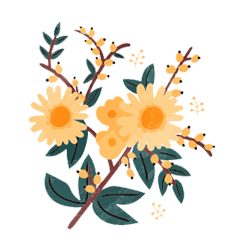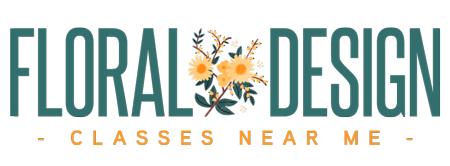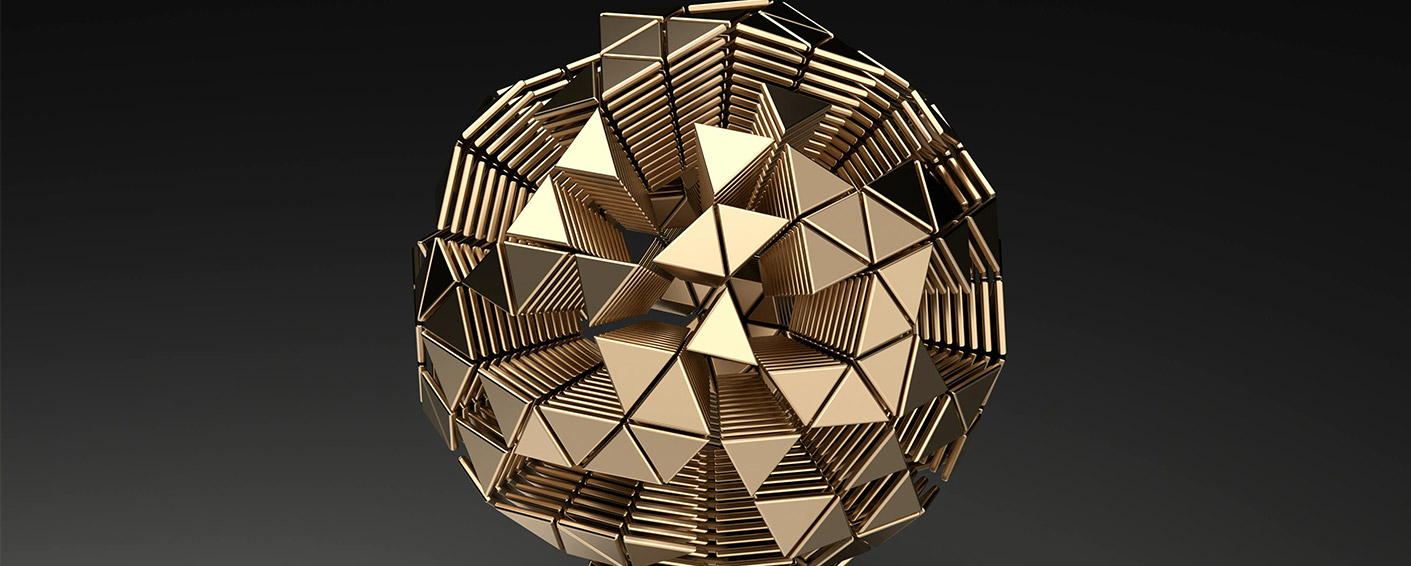Floral Sculptures: Creating 3D Art with Flowers and Foliage
Floral design is an art form that goes beyond arranging flowers in a vase. For those looking to push the boundaries of traditional floral arrangements, floral sculptures offer a unique and captivating way to create three-dimensional art pieces using flowers, foliage, and structural elements. These living sculptures can transform any space into a work of art, leaving a lasting impression on those who experience them. In this blog, we’ll explore the concept of floral sculptures and guide you through the process of creating your own floral masterpieces.
What Are Floral Sculptures?
Floral sculptures are three-dimensional art pieces crafted from flowers, foliage, and other natural materials. Unlike traditional bouquets or arrangements, floral sculptures are designed to be viewed from all angles, making them a dynamic and immersive experience. These sculptures can take on a variety of forms, from abstract shapes to lifelike representations of animals, objects, or even human figures.
Floral sculptures can be as simple or complex as you like, and they offer endless opportunities for creativity. Whether you’re designing a centerpiece for a special event or creating an installation for an art gallery, floral sculptures allow you to explore new dimensions of floral artistry.
Getting Started: Materials and Tools
Before you begin creating a floral sculpture, it’s important to gather the right materials and tools. Here’s what you’ll need:
- Flowers and Foliage: Choose flowers and foliage that are suitable for sculpting. Hardy blooms like roses, orchids, and chrysanthemums work well, as do sturdy greens like eucalyptus and ferns. Consider using flowers with long stems for added flexibility.
- Structural Elements: These are the bones of your sculpture. Options include wireframes, chicken wire, floral foam, or even natural materials like branches and twigs. The structure you choose will depend on the complexity and size of your sculpture.
- Floral Tape and Wire: These are essential for securing flowers and foliage to your structure. Floral tape helps hold everything in place, while wire provides additional support.
- Cutting Tools: Sharp floral shears or scissors are necessary for trimming stems and cutting wire.
- Water Tubes and Floral Foam: If your sculpture will be displayed for an extended period, use water tubes or floral foam to keep the flowers hydrated and fresh.
Designing Your Floral Sculpture
The design phase is where your creativity comes to life. Start by sketching out your ideas or creating a mood board to visualize the concept. Consider the following elements:
- Shape and Form: Decide on the overall shape of your sculpture. Will it be a geometric design, an abstract form, or a realistic representation? Consider how the shape will look from different angles and how the flowers and foliage will interact with the structure.
- Color Palette: Choose a color scheme that complements the theme of your sculpture. You can go for bold, contrasting colors for a dramatic effect, or opt for a monochromatic palette for a more sophisticated look.
- Texture: Combine different textures to add depth and interest to your sculpture. Mix delicate flowers with rough foliage, or incorporate materials like moss, bark, or dried elements for added texture.
Building the Structure
The structure is the foundation of your floral sculpture. Depending on the complexity of your design, this step may involve creating a simple wireframe or constructing a more intricate base.
- Wireframes: For abstract or geometric sculptures, wireframes offer flexibility and strength. Bend the wire into the desired shape, securing it with floral tape or additional wire as needed.
- Floral Foam: For sculptures with dense flower coverage or organic shapes, floral foam can be shaped into the desired form. Soak the foam in water to keep the flowers hydrated, then insert stems directly into the foam.
- Natural Elements: If you’re going for a rustic or organic look, consider using natural materials like branches, driftwood, or rocks as part of your structure. These elements add an earthy feel and can serve as the framework for your flowers and foliage.
Arranging Flowers and Foliage
With your structure in place, it’s time to bring your sculpture to life by adding flowers and foliage.
- Start with the Foliage: Begin by covering the structure with foliage. This creates a base layer that adds texture and helps hide any exposed mechanics. Use wire or floral tape to secure the greenery in place.
- Add the Flowers: Next, start placing your flowers. Begin with the larger blooms to establish focal points, then fill in with smaller flowers to create balance. Consider the direction in which the flowers face, ensuring they complement the overall shape of the sculpture.
- Layering and Depth: To create a sense of depth, layer flowers at different heights and angles. This technique adds dimension to your sculpture and makes it more visually engaging.
Finishing Touches and Display
Once your sculpture is complete, step back and assess the overall design. Make any necessary adjustments to ensure balance and cohesion. Add finishing touches like delicate flowers, berries, or other embellishments to enhance the sculpture’s details.
When it comes to displaying your floral sculpture, consider the following:
- Location: Choose a location that allows for 360-degree viewing. Floral sculptures are meant to be appreciated from all sides, so place them where they can be seen from multiple angles.
- Lighting: Proper lighting can enhance the colors and textures of your sculpture. Use soft, natural light for a gentle glow, or spotlight the sculpture for dramatic effect.
- Maintenance: If your sculpture is designed to last for several days, make sure to keep the flowers hydrated. Use water tubes for individual stems or mist the foliage regularly to keep it fresh.
Inspiration and Innovation
Floral sculptures offer endless possibilities for innovation. Here are some ideas to inspire your next project:
- Animal Sculptures: Create lifelike representations of animals using flowers and foliage. For example, a peacock sculpture with vibrant blooms mimicking the feathers can be a showstopper.
- Abstract Art: Explore abstract forms with bold shapes and unexpected color combinations. Let your imagination run wild and experiment with unconventional designs.
- Themed Installations: Design a sculpture around a specific theme, such as a seasonal event, a cultural celebration, or a historical period. Use flowers and foliage that reflect the theme’s colors and symbols.
Creating floral sculptures is an exciting way to take your floral design skills to the next level. By combining flowers, foliage, and structural elements, you can craft three-dimensional art pieces that captivate and inspire. Whether you’re designing a large-scale installation or a small, intricate sculpture, the key is to let your creativity guide you. With practice and experimentation, you’ll discover new ways to express your artistic vision through the beauty of flowers and foliage.




